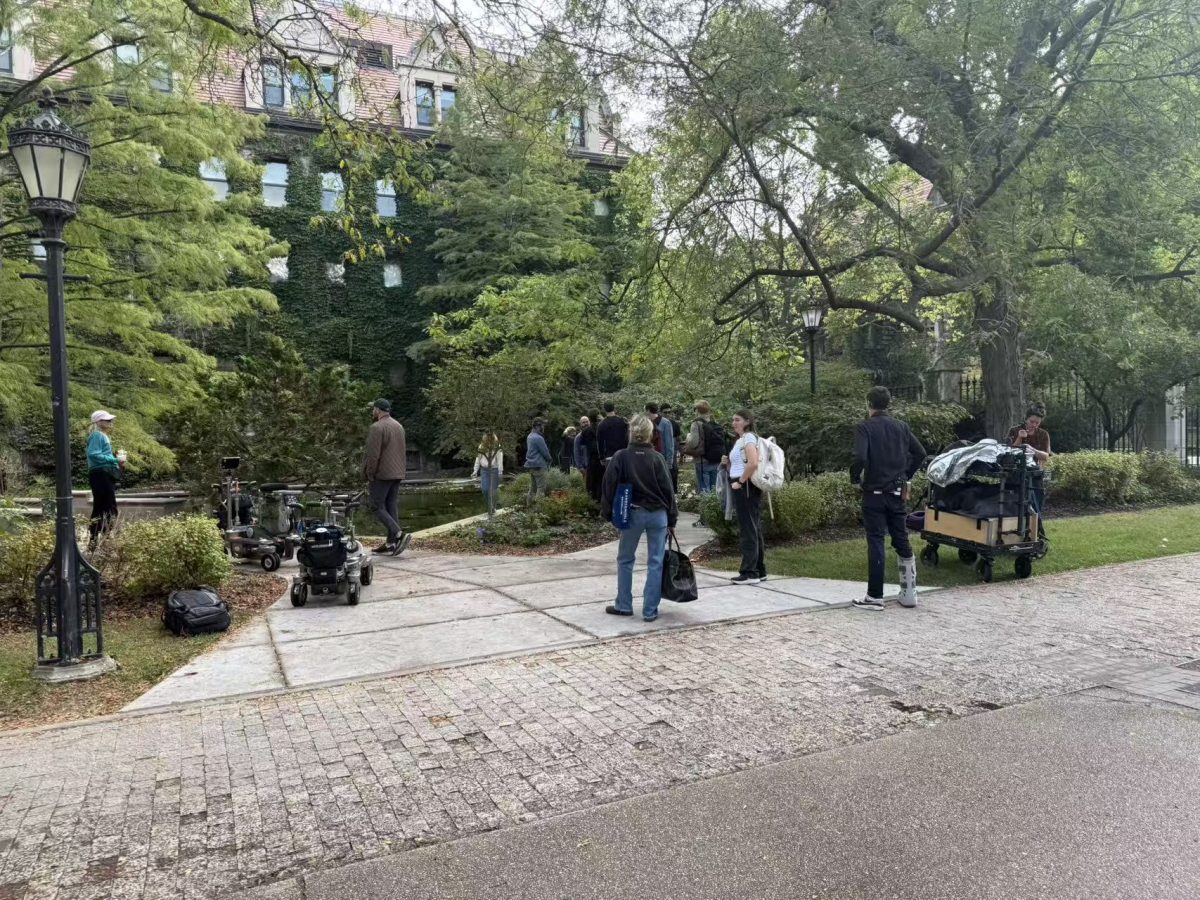Former University President Hanna Gray spoke about the mass immigration of German scholars to America during the 1930s from the perspective of both a historian and the daughter of one such scholar last night at Crerar Library.
Approximately 2,000 German-speaking academics came to America during this time, according to Gray. They faced obstacles including institutional anti-Semitism, cultural barriers, and an economic depression. Many were only able to find temporary teaching positions and flitted from post to post throughout the decade.
Many of the scholar-immigrants were pleased with American universities, which contrasted with the hierarchical, conservative German universities that tended to marginalize Jews and scholars with more liberal political leanings.
Gray quoted her father as saying in a speech prior to Hitler’s reign, “There could not be such a thing as academic freedom in a one-party state. If the Nazis come to power, there would not be…academic freedom.”
Although Gray’s mother was Jewish, her father was not. The family left for London early in the Nazi regime, when Gray was a young girl, and moved to America when her father was hired by Yale University. She said she grew up feeling different, something she resented as a teenager.
“You didn’t want parents who talked funny,” she said.
Gray noted the high proportion of academics among the offspring of the emigrated scholars, which she attributed to the special emphasis on education among her parents and their peers. No exception, Gray earned a PhD from Harvard in 1957 and taught history at the University before rising through administrative positions culminating in her appointment here as the first female president of a major university in the United States.
The lecture was the second in a series accompanying the exhibition Transcending Tradition: Jewish Mathematicians in German-Speaking Academic Culture, currently on display at Crerar. The exhibit, celebrating the accomplishments of German-Jewish mathematicians, was shown in three places in Israel last year. The U of C was chosen as the first American site to house the exhibition and added some documents from the University’s Special Collections Research Center to the display.








